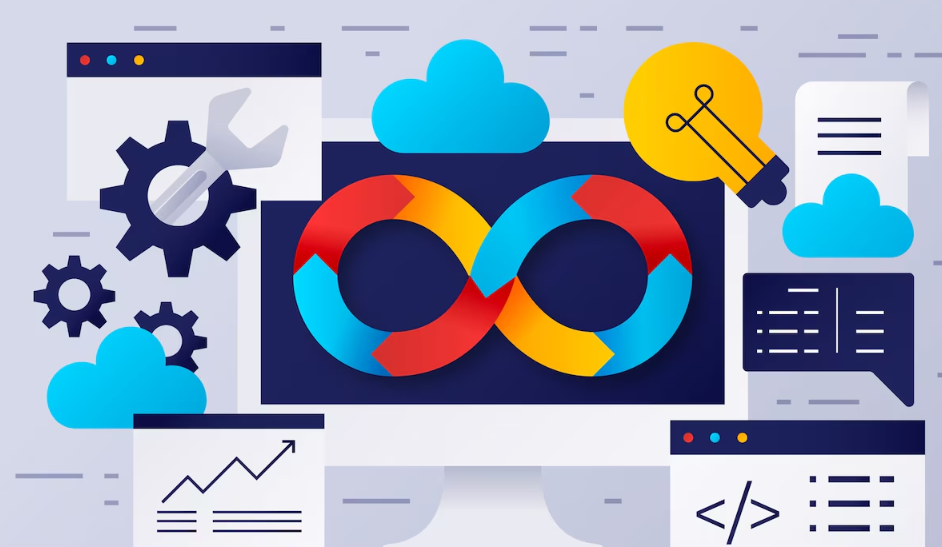In 2025, we live in an incredibly connected world. Our phones track our steps, our watches monitor our sleep, and our laptops bring work straight to our living rooms. Technology has become inseparable from our daily lives—and while it offers endless convenience, it’s also creating a new kind of exhaustion.
That’s why digital detoxes and tech-life balance have become major wellness trends in 2025. As more people recognize the toll of constant screen time on their mental, physical, and emotional health, the push to “unplug” has never been stronger.
In this blog, we’ll explore what a digital detox really means in today’s world, why it’s so important, and how you can find a healthier balance between your online and offline life.
📱 What is a Digital Detox?
A digital detox is a conscious break from digital devices—phones, computers, tablets, TVs, and even smartwatches. It can be as short as a few hours a day or as long as a week or more. The goal is simple: to disconnect from technology and reconnect with yourself, others, and the real world.
In 2025, digital detoxes aren’t about rejecting technology altogether. Instead, they’re about setting boundaries so that tech enhances your life instead of consuming it.
🚨 The Signs You Might Need a Digital Detox
Do any of these sound familiar?
-
You check your phone immediately after waking up.
-
You feel anxious when your phone battery is low.
-
You scroll endlessly but don’t feel satisfied.
-
You find it hard to focus without background noise or notifications.
-
You sleep poorly due to late-night screen time.
If you relate to two or more of the above, it might be time to consider a digital detox.
🤖 Why Tech-Life Balance Matters in 2025
In the past, digital detoxes were considered a luxury or wellness fad. But in 2025, they’re increasingly seen as essential for mental health, productivity, and meaningful relationships.
1. Mental Health Protection
Endless scrolling can trigger anxiety, low self-esteem, and FOMO (Fear of Missing Out). Detoxing helps your mind rest, reduces comparison, and promotes mindfulness.
2. Improved Focus and Productivity
Constant pings and notifications fragment our attention. Taking breaks from screens improves deep work, concentration, and creativity.
3. Better Sleep Quality
Exposure to blue light from screens disrupts melatonin production. Reducing screen time—especially before bed—leads to deeper, more restorative sleep.
4. More Meaningful Connections
Being glued to devices can make us miss out on real-life interactions. A digital detox encourages face-to-face conversations, empathy, and presence.
5. Physical Health Benefits
Less screen time can lead to reduced eye strain, fewer headaches, better posture, and more physical activity.
🧘♀️ How to Start a Digital Detox in 2025
You don’t need to go live in the mountains without Wi-Fi (unless you want to). Even small changes can have a huge impact. Here’s how to get started:
1. Set Clear Goals
Decide what you want from your detox. Do you want to reduce anxiety? Sleep better? Spend more time with family? Having a goal will keep you motivated.
2. Start Small
Begin with 1–2 hours of no screen time each day. You can gradually extend it to a full day on weekends or even a full week once a year.
3. Designate No-Tech Zones
Create tech-free spaces in your home like the dining table, bedroom, or bathroom. These zones promote quality time and better sleep.
4. Turn Off Notifications
Disable non-essential notifications to reduce distractions. You’ll be amazed how peaceful your day becomes without constant alerts.
5. Use Tech to Detox from Tech
Yes, ironically, there are apps that help limit screen time. Tools like Screen Time (Apple), Digital Wellbeing (Android), Forest, and One Sec remind you to take breaks and stay focused.
6. Replace Screen Time with Offline Joy
Read a physical book, go for a walk, cook, draw, garden, or talk to a friend—real life is still out there, waiting for you.
🏖️ Popular Digital Detox Trends in 2025
-
“Digital Sabbath” Movement – One day a week (usually Sunday) completely offline.
-
Phone-Free Retreats – Wellness retreats that collect your devices at check-in.
-
Family Detox Challenges – Families go offline together for a day or weekend.
-
Office No-Email Days – Some workplaces have “no email Fridays” to reduce burnout.
-
Tech-Free Bedrooms – A growing trend where people replace bedside phones with books or analog alarm clocks.
💡 Final Thoughts
In a world where we’re constantly connected, the real luxury is being present. Digital detoxes in 2025 are not about rejecting technology—they’re about using it consciously and intentionally.
You don’t have to give up your phone, your job, or your favorite Netflix show. But by creating space between you and your screens, you can rediscover focus, peace, relationships, and real joy.
So this week, try a digital detox—even if it’s just for an hour. Your mind, body, and soul will thank you.

